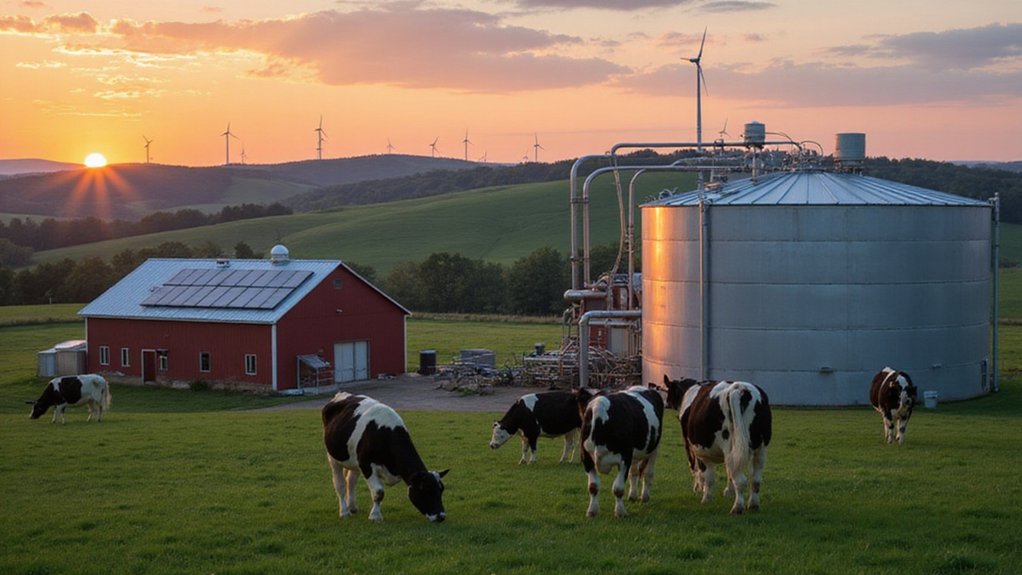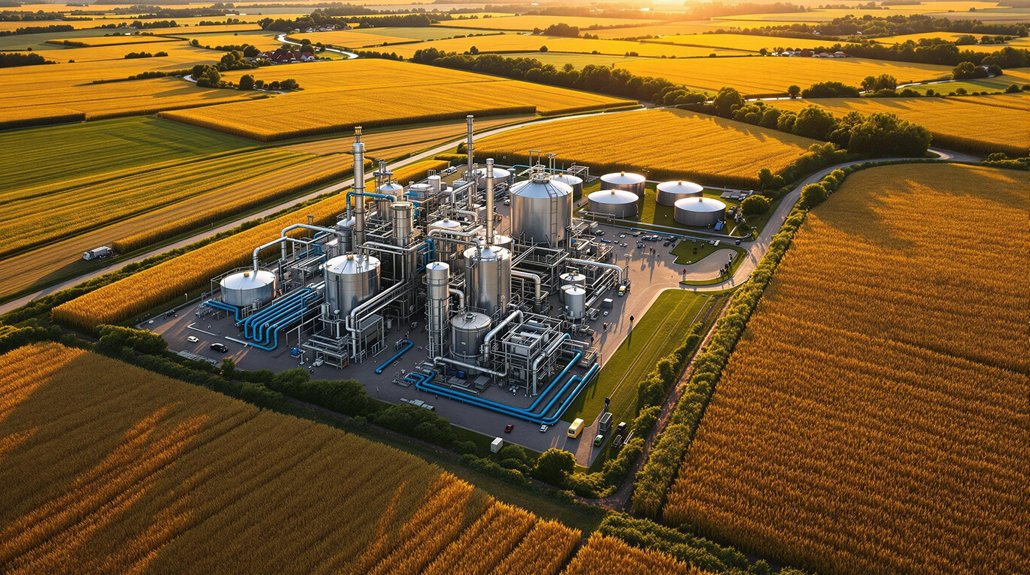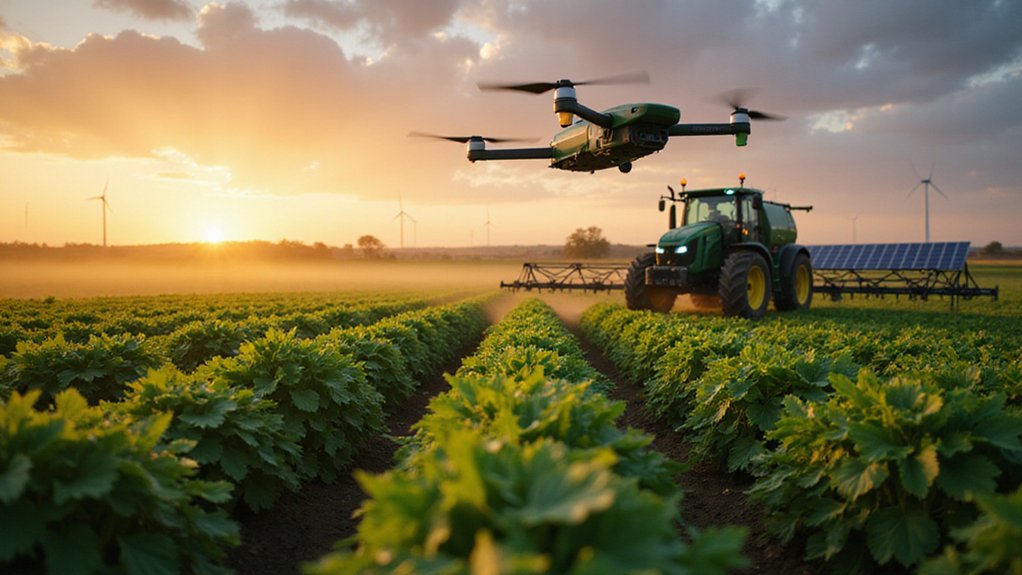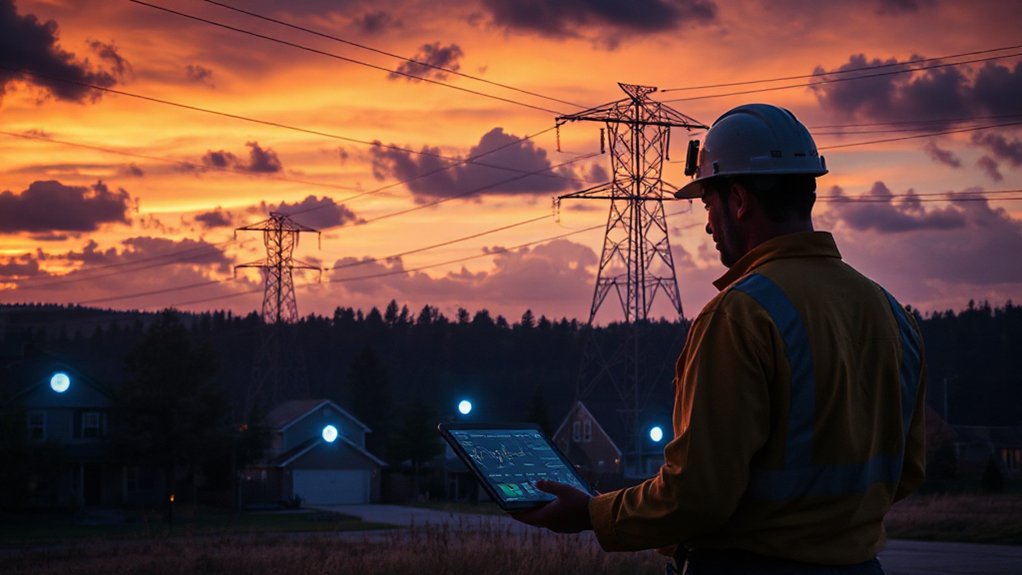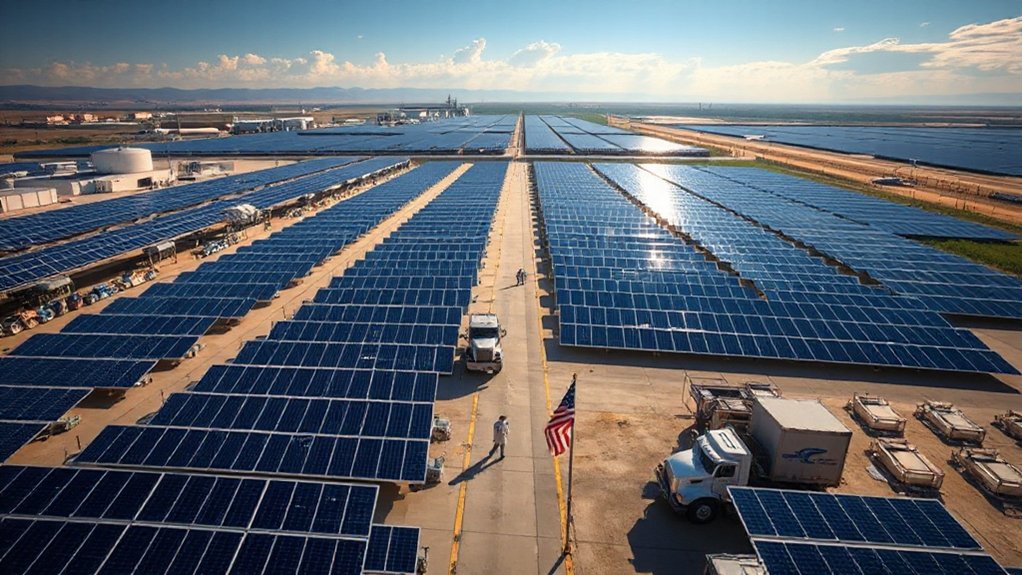While traditional ranchers might scoff at the idea of solar panels sprouting up across Colorado’s grasslands, the science tells a different story. Turns out, those big metal rectangles aren’t just generating electricity—they’re creating tiny oases in drought-stricken lands.
The panels cast shade, obviously. But here’s where it gets interesting. Temperatures drop by 15 to 20 degrees Fahrenheit underneath them compared to the scorching sun above. That’s not just a nice break from the heat. It’s a game-changer for struggling grasslands. The shade slows evaporation, keeping precious moisture in the soil longer. Plants that would normally crisp up during heat waves? They thrive.
Rain doesn’t just bounce off the panels either. It runs down and pools at the edges, delivering concentrated doses of water during those pathetic drizzles that barely wet the ground elsewhere. Small rain events suddenly matter. The grass perks up, wildflowers bloom, and biodiversity rebounds in places that looked like lost causes.
Colorado’s pilot projects on degraded soils are proving the doubters wrong. Dead dirt comes back to life with some strategic basins, compost, and diverse plantings. Pollinators show up. Wildlife returns. Who knew solar farms could double as nature preserves?
And the sheep? They love it. Grazing beneath panels requires less labor than traditional setups—perfect for remote locations where these arrays typically go. The livestock keep vegetation managed while the panels keep them cool. It’s almost too logical.
Landowners aren’t complaining either. They’re collecting energy revenue while still running livestock. Rural communities get jobs. The National Grassland solar project in Baca County alone promises to create 300 local jobs during its construction phase. Abandoned lands become productive again. Even affordable housing projects are getting in on the action, adding value where nobody expected it.
The reality is stark: properly planned solar installations don’t destroy grasslands. They save them. During drought years, when neighboring rangelands turn to dust, these panel-covered plots stay green and productive. Jack’s Solar Garden has produced over 25,000 pounds of crops since 2021, proving that agricultural productivity doesn’t have to be sacrificed for renewable energy. These installations also contribute to improved air quality by reducing reliance on fossil fuels that pollute the atmosphere. Call it an accident of engineering or brilliant design—either way, Colorado’s grasslands found an unlikely ally in renewable energy. Sometimes the best solutions come from the most unexpected places.
References
- https://www.aes.com/colorado/project/national-grassland-solar-project
- https://www.thelimonleader.com/stories/grasslands-and-solar-panels
- https://www.nature.org/en-us/magazine/magazine-articles/agrivoltaic-solar-farm-grows-produce/
- https://www.seattlepi.com/news/article/solar-arrays-help-boost-colorado-grassland-20352830.php
- https://www.rmpbs.org/blogs/science-environment/agrivoltaics-solar-farm-colorado-longmont


